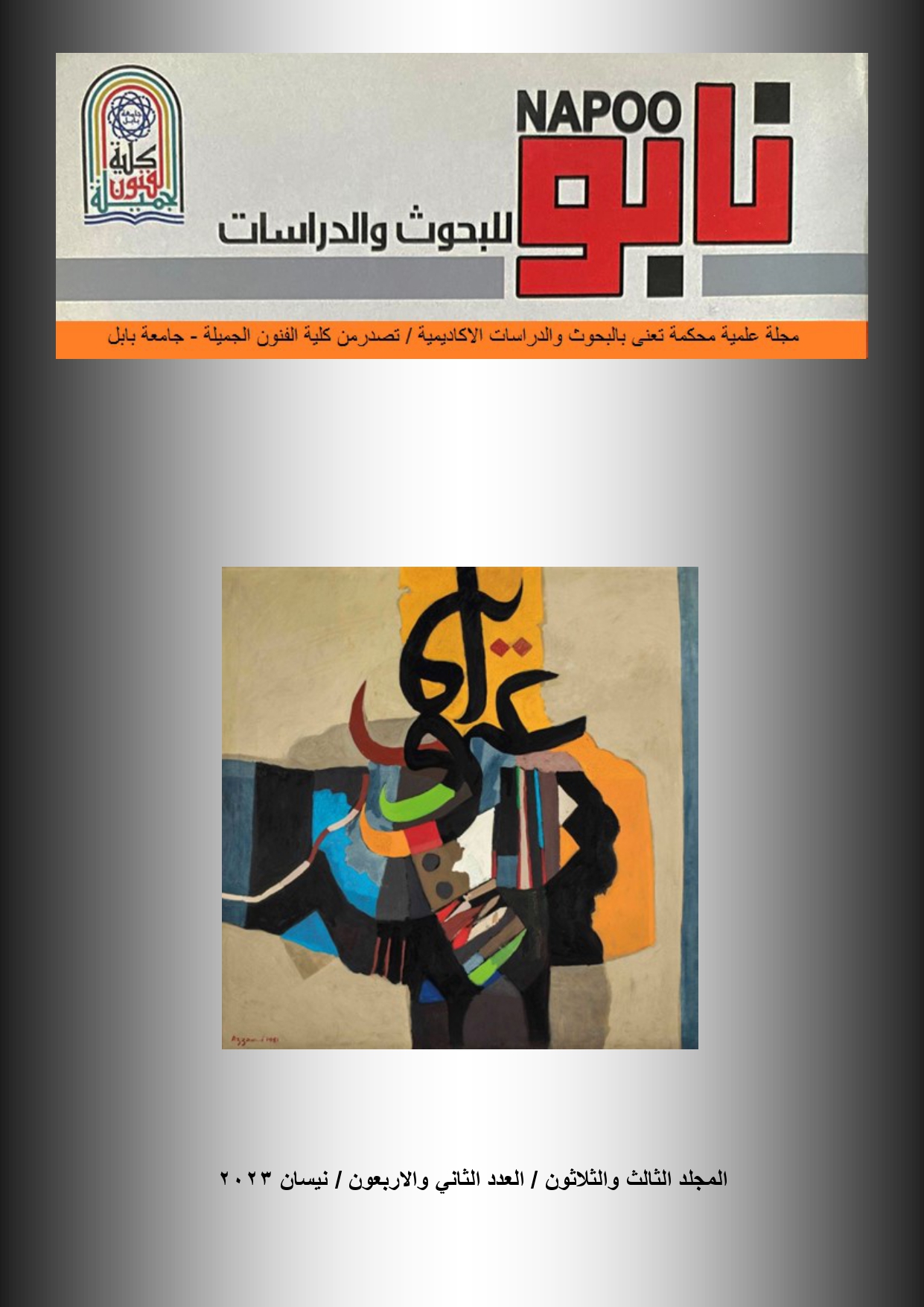The Epistemological Problem of the Impressionist Painting between Science Objectivity and Subjective Vision
Abstract
Abstract
This study, entitled “The Epistemological Problem of the Impressionist Painting between Science Objectivity and Subjective Vision”, consists of four chapters. The first chapter deals with the methodological framework, and it includes the problem of the study summarized by the questions: How could the impressionist painter combine between two contradictions- the objective and subjective, with each has its epistemic and perception mechanisms? How could the impressionist painter bring together the science objectivity and the subjective vision?. The chapter also includes the value of the study and its goal, which is to understand the epistemological problem of the impressionist painting between science objectivity and subjective vision. The chapter also includes the limits of the study and main terminology.
The second chapter tackles the theoretical framework and includes three topics. The first topic examines the epistemic problem of the objective and subjective in the philosophical thinking. The second topic reviews the reality of color between physics and art. The last topic deals with the grounds and perspectives of the impressionist movement. The second chapter also deals with the indicators of the theoretical framework.
The third chapter tackles the procedures of the study, which includes the population of the study, samples of the study, tools, methodology, and analysis of the four samples of the study.
The fourth chapter includes results and conclusions of the study and a set of recommendations and suggestions. Among the main results of the study:
- The impressionist painter starts with the outside aspects and deals objectively with nature. The painter, however, gives his/her subjective vision, which keeps his/her subject from being in match with reality; this is demonstrated in all the samples of the study.
- Dependence on color and automatic performance are used to deepen the subjective vision and save scientific information and reveal it under light as a content for this vision. This is also demonstrated in all of the samples of the study.
One of the main conclusions of the study is that although there is scientific and artistic consistence between light and color, the epistemic mechanism and realization of facts are different, as per specialty. The science is realized by experimental and deductive senses, while the painter realizes with mere intuitive senses and subjective vision.
The fourth chapter ends with footnotes and references.
Key words: Science, impressionism, vision, subjective, objective.




